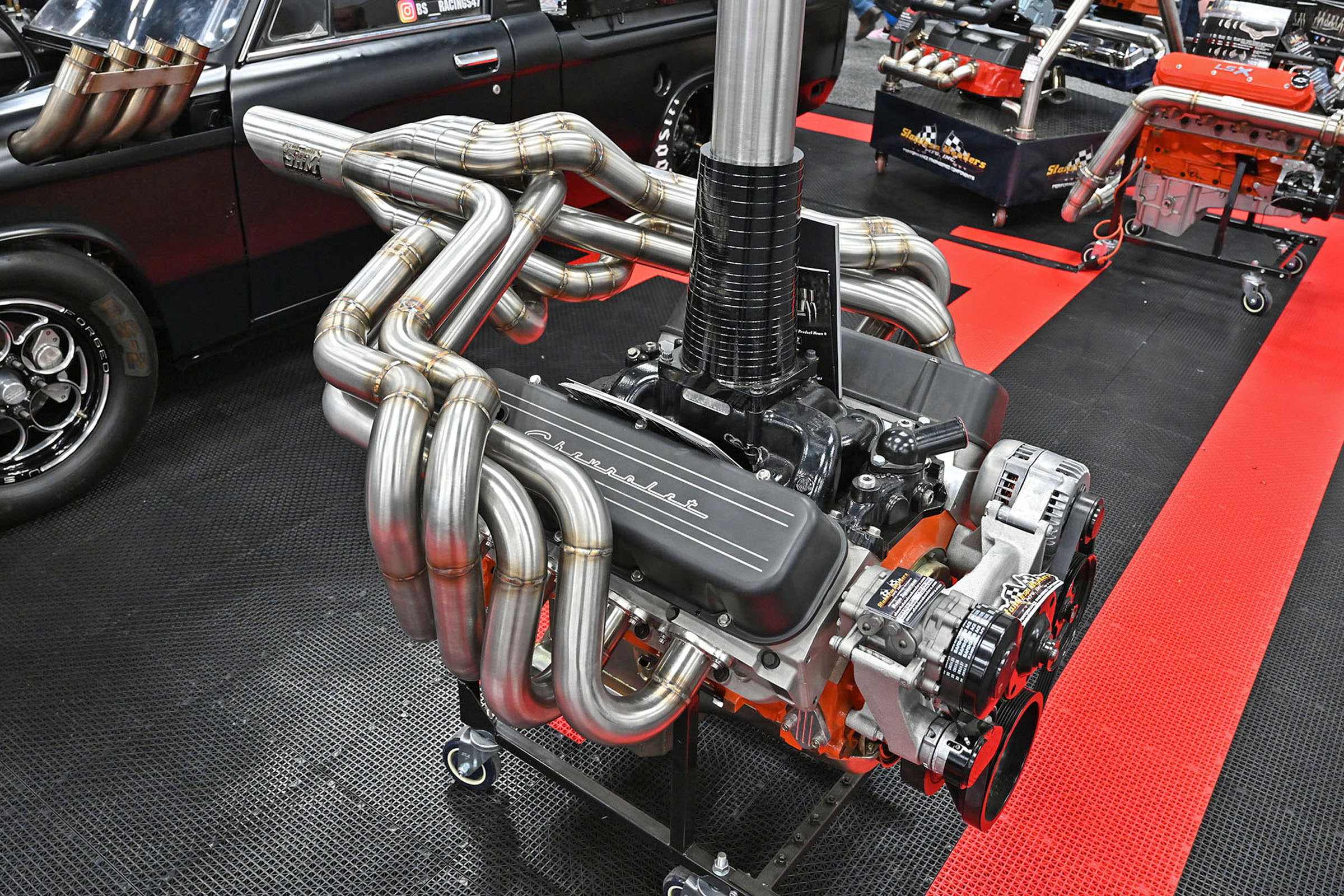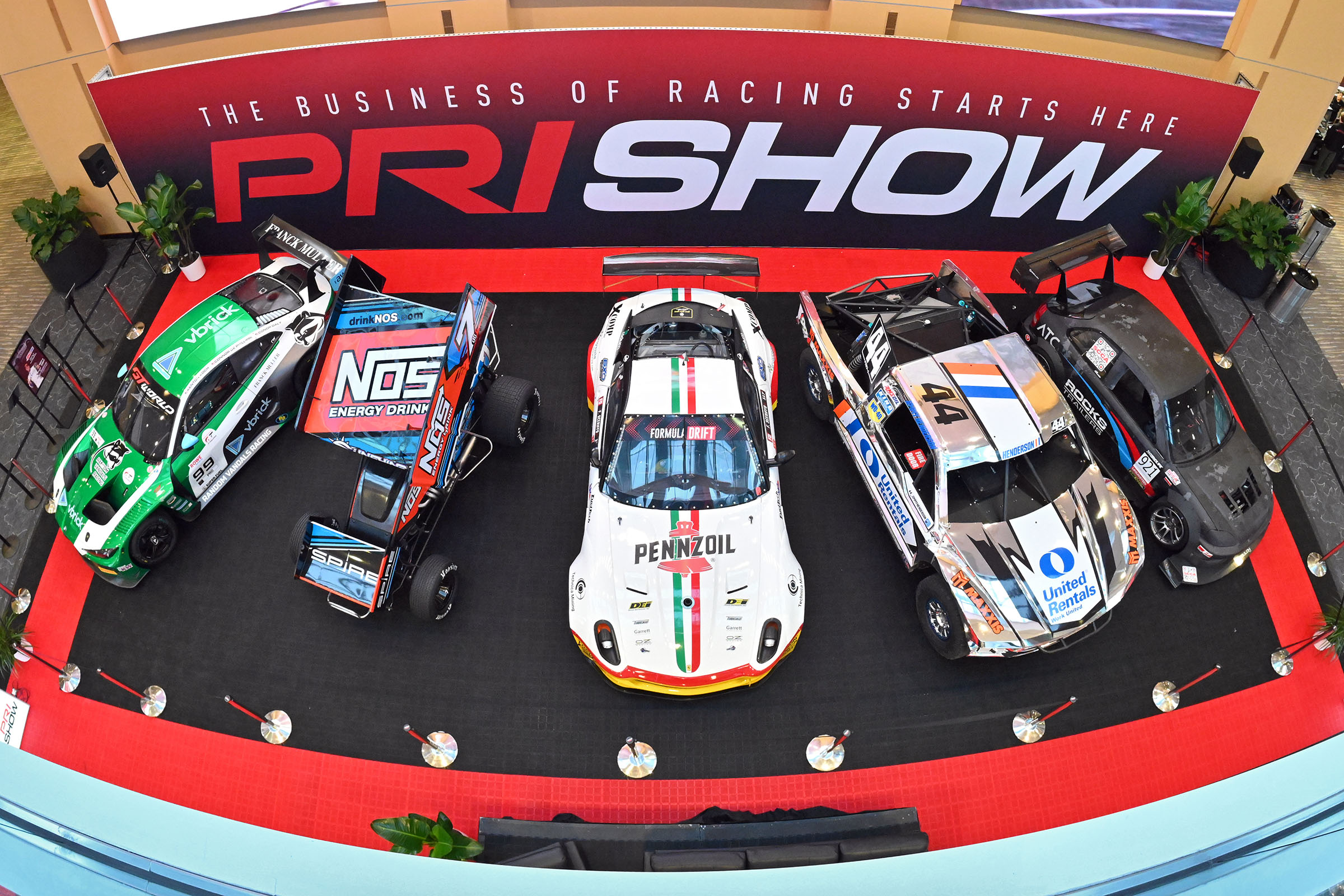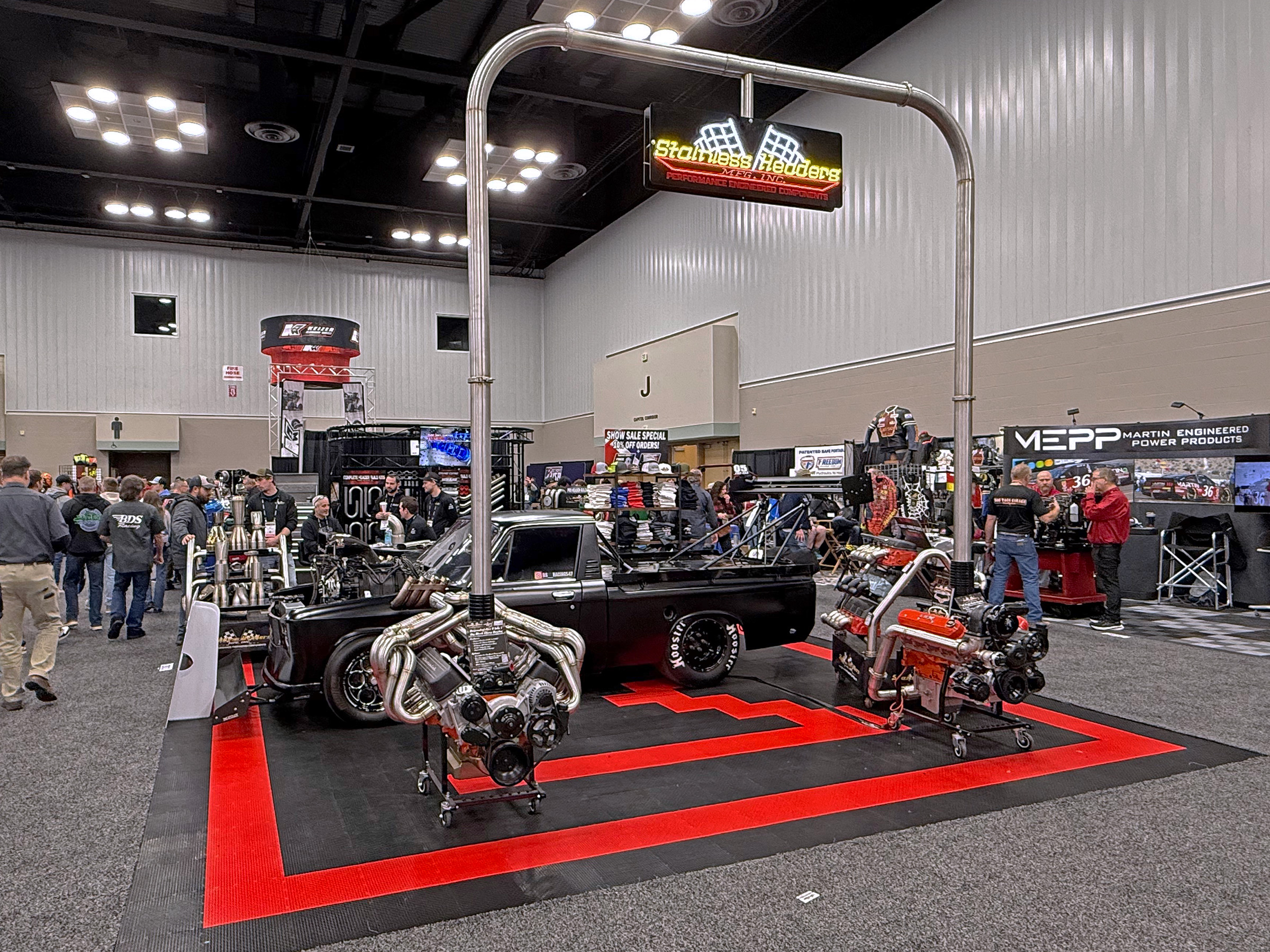Air Ride Technologies Air Suspensions for ’58-’64 Chevys
Chevy engineers began using trailing arm and coil spring rear suspension designs back in 1958, and in one form or another, this treatment ran through 1964 without much change. Good news for families but bad news for performance enthusiasts, the crossframe cars were remarkable in that they began an era in which suspensions concentrated more on ride quality than on nimble handling. As a rule, they understeered terribly and wallowed more than a bit, thanks to offsetting soft springs and unusually flexible chassis components. For their time, they weren’t bad from a ride and drive standpoint, but by modern-day standards, they don’t provide the feel or the ride we’ve grown accustomed to, and we are used to much higher standards from a handling standpoint. Any enthusiast owner of one of these cars would probably like something far better than what the factory provided, and those who have restored and refuse to alter anything simply don’t enjoy driving their cars as much.
Of course, to be fair, it has been 47 years since the ride and drive on these cars was produced, meaning that not only is the engineering outdated, but also some of the suspension parts–most notably the stamped control arms–can be damaged (bent), rusted or fatigued. The springs are probably so old that they’ve settled into some softer zone that was never originally intended. Numerous aftermarket companies make replacements for these original factory pieces, and they have been used for replacement restoration parts over time. However, those who want more performance than the original design can provide are looking beyond bolting on new parts with 45-year-old engineering. To address this need, Air Ride Technologies recently came up with a solution that could make serious sense to owners who wish to create a suspension that performs better than stock. This new StrongArm system not only performs well, but it also installs as a bolt-on. The result of all of Air Ride’s work is that the tubular rear StrongArm control arms (upper and lower), along with a stout adjustable Panhard bar, are available as an air suspension conversion kit or as an independent kit.

These parts are different: They are strong and they do not flex, and this helps make any project safer and far more stable, handling-wise. The arms are fabricated from 1.5-inch 0.219-wall DOM steel tubing, and the Panhard bar from 1.125-inch 0.219-wall DOM tubing. All are precision JIG-welded and powdercoated to keep them looking great. The Panhard bar is adjustable, and that’s very important to those of you who are going with bigger tires, which are so necessary on these undersize-tire vehicles. With limited wheelwell room, you want to make sure that the axle is exactly centered so you can use the space fully without rubbing the tires. Or, for those who want the “proper”-size rubber, you can improve on clearance in those areas, including tubbing where necessary.
Note that these new parts are all bolt-ins, using original mounting locations for the control arms, the Panhard bar and the shocks. If you decide not to airbag and to reuse your stock-style coil springs, you’ll have to fabricate an adapter for the lower trailing arm, but you can use the original mount as a model for this simple modification. Air springs can be bolted directly to the arms. No welding, cutting or drilling is required. On this installation, ART CoolRide air springs were used, so that’s what we’ll deal with here.

Another aspect to keep in mind is that through the years there were different versions of this rear suspension. All used the same lower bars and all used the same shock mounts. What does change is the upper bar/Panhard setup. The ’58 cars used an upper wishbone that looks a lot like an A-arm. It works like a triangulated four-bar and you’ll see there is no Panhard bar used. This is a separate version of the ART kit, and you must specify whether you need it. The second version uses a single bar on the right side of the axle pig. Because this does not triangulate the suspension, it requires a Panhard bar. This is by far the most common version. You need to specify which version you have in order to get the right parts going in.
The staff at Air Ride performed this installation on the frames they used in-house to develop the kit. Installing the kit on a bare frame makes it easier to see some of the details, and you may notice that the installation takes place on more than one frame. The reasons for doing so don’t affect how you will install the kit; it simply helped facilitate the gathering of these photos, so don’t worry about it. In fact, you shouldn’t worry about this project at all–with the bolt-on convenience this kit provides, your big Chevy will get ride and handling like never before.
















